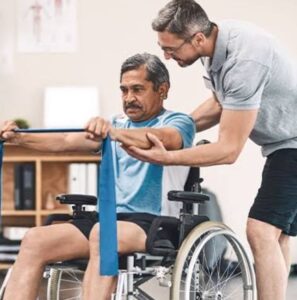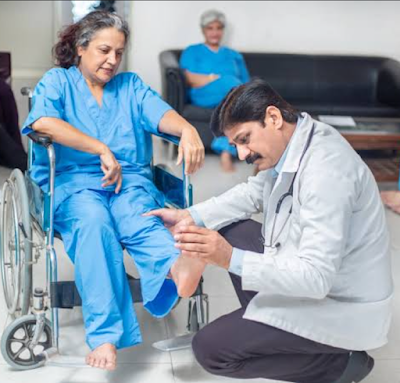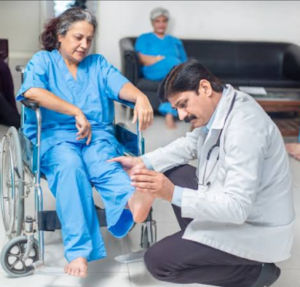First Aid for Paralytic Attack Patients: Natural Approaches for Immediate Care
Introduction
A paralytic attack, also known as a stroke, is a medical emergency that occurs when there is a sudden disruption in blood flow to the brain. This interruption can lead to severe neurological deficits, including paralysis, speech difficulties, and loss of consciousness. Immediate first aid is crucial in such situations to minimize the impact and improve the chances of recovery. While seeking professional medical assistance is essential, there are several natural first aid measures that can be taken to support the patient before reaching medical facilities.
Recognizing the Symptoms
Identifying the symptoms of a paralytic attack is crucial to administering timely first aid. Common signs include sudden numbness or weakness on one side of the face or body, trouble speaking or understanding speech, severe headache, and difficulty walking or maintaining balance. If you suspect someone is experiencing a paralytic attack, act quickly to provide immediate assistance.
Keep Calm and Seek Help
Stay calm and try to keep the patient relaxed. Immediately call for emergency medical assistance or ask someone nearby to do so. While waiting for help, ensure that the patient is lying down comfortably with their head slightly elevated.
Support Breathing and Circulation
Check the patient’s breathing and pulse. If they are not breathing or their heart has stopped, commence cardiopulmonary resuscitation (CPR) if you are trained to do so. Doing CPR can keep the blood moving through the body and provide enough oxygen to the important body parts.
Elevate the Head
If the patient is conscious and can breathe comfortably, elevate their head slightly with a pillow or cushion. This position can help improve blood flow to the brain.
Keep the Patient Warm
Maintain a warm environment around the patient, using blankets or warm clothing. Stroke patients can be sensitive to temperature changes, and staying warm can help prevent complications.
Avoid Giving Anything to Eat or Drink
Refrain from offering food or drink to the patient until they have been assessed by medical professionals. Swallowing difficulties are common after a paralytic attack, and feeding the patient could lead to choking.
Utilize Essential Oils
Certain essential oils have been studied for their potential benefits in stroke management. Lavender oil, for instance, is known for its calming properties and may help reduce stress and anxiety in both the patient and the caregiver. Peppermint oil, when diffused, can promote alertness and mental clarity, which may aid the patient in staying conscious and focused.
Employ Gentle Massage
Gentle massage can help stimulate blood circulation and reduce muscle stiffness. Use light pressure on the unaffected side of the body to encourage relaxation and support the patient’s well-being. Always avoid applying pressure to the affected side, as this could exacerbate the condition.
 |
Encourage Breathing
Exercises
Deep breathing exercises can help the patient maintain lung function and improve oxygenation. Gently encourage the patient to take slow, deep breaths and exhale fully.
Provide Emotional Support
A paralytic attack can be a traumatic experience for the patient and their loved ones.Be there to comfort and encourage them throughout the whole process. A calm and positive environment can contribute to the patientOffer emotional support and reassurance throughout the process.’s well-being and recovery.
Maintain Hydration
Ensure the patient is well-hydrated, offering small sips of water if they are conscious and can swallow comfortably. Adequate hydration is crucial for overall health and can support the body’s natural healing processes.
Apply Compresses
Cool compresses can be applied to the forehead or neck to help alleviate any discomfort caused by the attack. However, avoid placing compresses directly on the patient’s chest or heart area.
Conclusion
Providing first aid for a paralytic attack patient in a natural way requires a combination of quick action, supportive measures, and a calm and caring approach. While these natural remedies can complement medical treatment, they should never replace professional medical care. As soon as the first aid measures have been implemented, seek immediate medical attention to ensure the best possible outcome for the patient’s recovery and well-being. Remember that every minute counts during a stroke, and acting promptly can save lives and reduce the risk of long-term complications.

